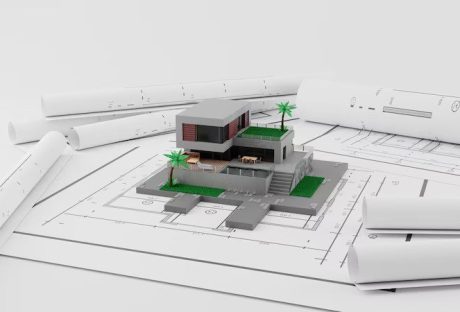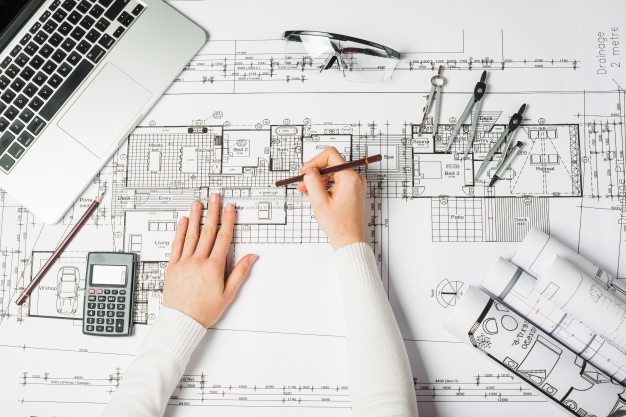Looking for a new property to call your own? In the market for real estate, either for your own home or for investing and other purposes? Colorado is a great state to call home, but finding valuable property there can take some time. Visit integratedmountain.com to get in touch with professionals. With the real estate market as hot as it has been over the past few years, finding the property you seek may even seem impossible.
Valuable Colorado property can vary depending on what you may be looking for at any given time. Whether you want to live in the heart of your favorite Colorado city or you would like to have an acreage with a beautiful view of the mountains, finding the perfect property will usually require a little research. Fortunately, there are a few steps you can take to find the valuable property you need in Colorado, and these measures do not have to be too complicated. Let’s look at how to find valuable property in Colorado for your needs.
Contents
Know The Location
The first aspect to consider is the location of the property you would like to purchase. Do you really want to spend time looking throughout the whole of Colorado, or are you hoping to find a property in a specific part of the state? You can help limit your search by determining the area or town that suits your desires most rather than exploring such a broad range. You can even choose a few different locations but try to limit it rather than looking through the whole state.
Know Your Price Point
Once you have a good idea of your ideal locale, you need to know your price point or what you can afford. The average cost of a home in Colorado in September of 2022 was $677,793. It is very easy to start looking at properties that are too expensive. You will then fall in love with a property that is too high for your budget, leading to remorse – and nothing else will compare in the future.
Before you look at any properties out there in Colorado, take the time to talk to the bank and get pre-approved for what you can afford. Getting the pre-approval allows you to know exactly what you can afford. It prevents you from going too expensive on any property you find.
Look Through The MLS
With a price point and a location ready to go, it is time to begin your search. You can do this alone or with the help of a qualified real estate professional. The MLS is an excellent place to start because it lists out all of the available properties, including their price, any information about them, and often pictures. You can even get contact information about the property owner or their agent to help you get a tour of the property before you make your decision.
Explore Online
Most buyers will begin their search online. The MLS has a comprehensive listing, but you must be a professional real estate agent to get the most out of it. You can look online for some homes or properties perfect for your needs. Options like Zillow, Trulia, Redfin, and more will list homes in any area you prefer so you can get a feel for what is out there. You can even pick specific parameters for the homes that appear.
As you look online, take your time at the primary homes listed by realtors. While many excellent properties appear courtesy of real estate agents, many worthwhile options are listed for sale by the owner too. Some properties listed for auction or sale directly through an individual can be perfect, even though this type of listing is less common. It is worth your time to look at them and see whether they meet some of your needs along the way.
Ask Your Network
Next, tap into your network and see what they can offer; some of your friends or family have heard of a property about to come up for sale. They may even be about ready to list their own property and would love a chance to sell it without waiting on the market too long. It never hurts to ask, and letting others know you are searching can be an excellent way to find the perfect property.
Work With A Realtor
Finding a suitable property on your own takes time. And you have to figure out the legal paperwork all on your own when you choose to do it this way. That is why many buyers work with a realtor to help them find the perfect property. The realtor will often know more about available properties than you do, can answer questions, and will point out some of the problems with the home you may need to worry about.
Realtors have their own network of others they can pull on to help you learn about the perfect property in Colorado. They will show homes to you, handle the inspections, and take on any work necessary for selling the house. They can alert you about a potential property before the listing even appears on the MLS. If there is a hiccup in the process, they will step in and ensure that everything works out the way it should and that the closing happens as smoothly as possible.
The best part about working with a realtor is that their services are accessible to you as the buyer. The seller is responsible for paying for the buyers and sellers’ agent, making this a free resource you can take advantage of if you want to find the perfect property for your needs.
The Bottom Line
You can explore many excellent properties when looking to find somewhere to call home in Colorado. Still, you must be ready to do your due diligence and search. Knowing where you would like to live and your price point before beginning the search will make a big difference and help you find the perfect property for your needs. A knowledgeable realtor can be a lifesaver during this, too, giving you some fantastic results when finding that property.
Read Also:






















